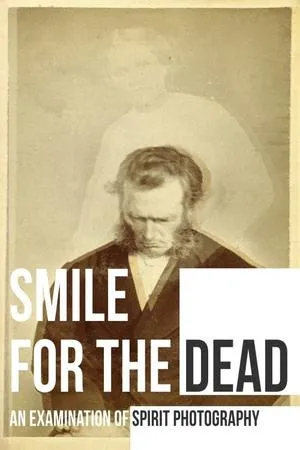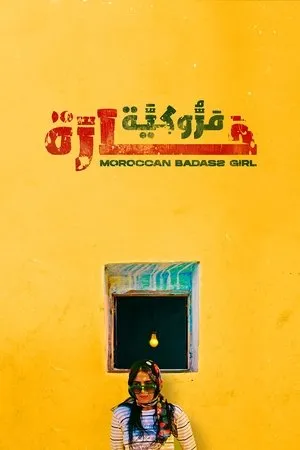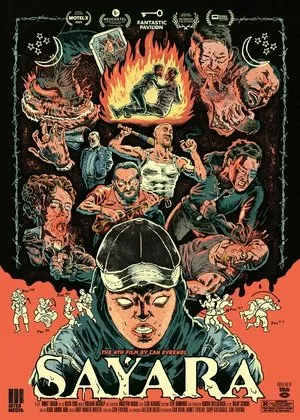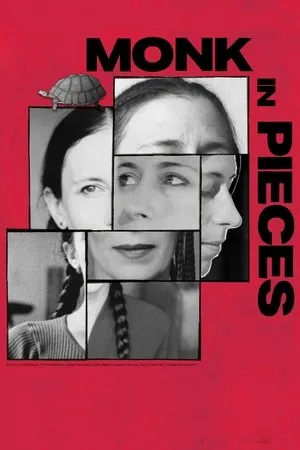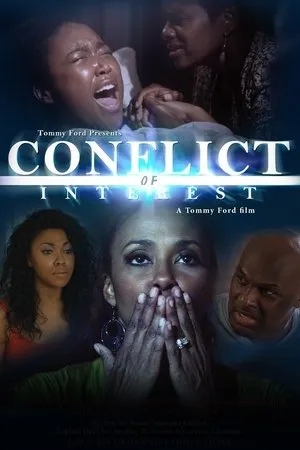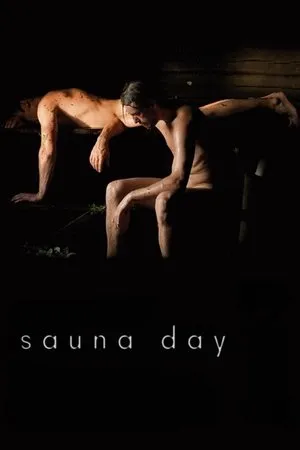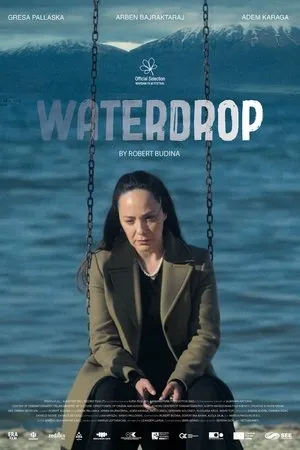In the annals of photographic history, few figures are as enigmatic and controversial as William H. Mumler. In 1869, Mumler found himself at the center of a sensational trial in New York, accused of fraud for his claims of capturing the spirits of deceased loved ones in photographs. This documentary, “Smile for the Dead: An Examination of Spirit Photography,” delves into the perplexing case of Mumler, exploring the fine line between deception and the possibility of genuine supernatural phenomena. The trial of William H. Mumler captivated the nation, raising profound questions about belief, grief, and the burgeoning technology of photography. Customers flocked to Mumler, seeking solace and tangible connections with those they had lost. His photographs, often blurry and ethereal, purportedly revealed the ghostly visages of departed family members hovering near the living. For many, these images offered comfort and a sense of closure; for others, they were blatant exploitation of vulnerable individuals. The prosecution argued that Mumler was a charlatan, preying on the emotions of grieving people for financial gain. They attempted to demonstrate that his spirit photographs were the result of clever trickery, such as double exposure or the use of accomplices posing as ghosts. However, the defense countered that Mumler’s methods were beyond the comprehension of even the most skilled photographers of the time. Experts testified on both sides, offering conflicting opinions on the authenticity of Mumler’s work. The lack of conclusive evidence ultimately led to Mumler’s acquittal. The documentary meticulously examines the historical context of spirit photography, tracing its roots to the mid-19th century when spiritualism was gaining immense popularity. The Victorian era was marked by high mortality rates and a widespread fascination with the afterlife. Spirit photography emerged as a means of providing tangible evidence of the existence of spirits and the possibility of communication with the dead. The film explores the various techniques and methods employed by spirit photographers, including Mumler. Double exposure, a common practice at the time, involved combining two separate negatives to create a single image. This technique could easily be used to superimpose ghostly figures onto portraits of the living. Other methods included the use of hidden accomplices, strategically placed lighting, and manipulated props to create the illusion of spectral presence. “Smile for the Dead” features interviews with historians, photography experts, and paranormal investigators, each offering their unique perspectives on the Mumler case. The documentary presents a balanced view, acknowledging the potential for fraud while also exploring the possibility that Mumler may have stumbled upon something truly extraordinary. The film raises thought-provoking questions about the nature of belief, the power of suggestion, and the human desire to connect with the departed. It challenges viewers to consider the evidence and draw their own conclusions about Mumler’s guilt or innocence. Ultimately, “Smile for the Dead: An Examination of Spirit Photography” is a compelling exploration of a fascinating chapter in the history of photography and the enduring human fascination with the supernatural. It serves as a reminder that the line between reality and illusion can be blurred, and that the power of belief can shape our perception of the world around us.
Smile for the Dead: An Examination of Spirit Photography (2025) Recap
1869
Afterlife
Biography
Crime
Crista Cloutier
Documentary
Double Exposure
Exposures
fraud
ghosts
Hamilton Young Ward
History of Photography
Mark Osterman
New York
paranormal
Photography
Smile for the Dead: An Examination of Spirit Photography
Spirit Photography
Spiritualism
Supernatural
United States
Victorian Era
William H. Mumler
